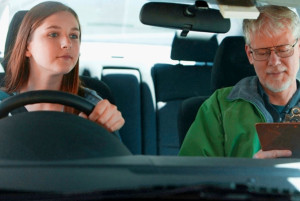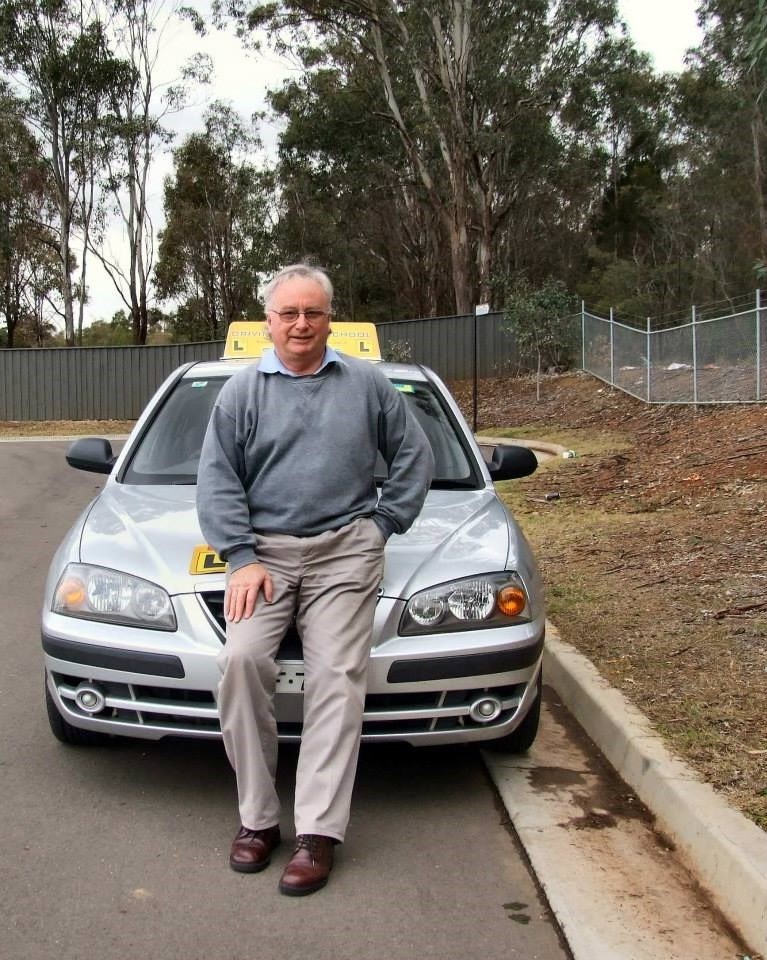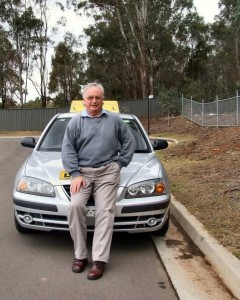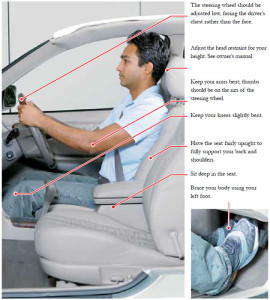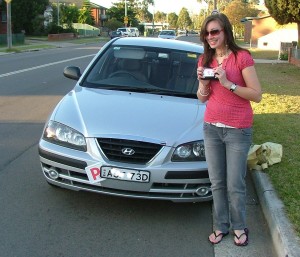NSW Practical driving experience – Learner Driver Log Book
Research indicates that learner drivers who increase their supervised on-road experience can reduce their crash risk by 30 per cent, in the first two years of solo driving. Learner drivers under supervision have a very low involvement in crashes. It is only when they begin to drive solo that their involvement in crashes increases.
Your learner driver log book allows you and your supervising driver(s) to record your driving experience. Take care of your log book. If you need a replacement log book, you will need to attend a registry or service centre and pay a replacement fee.
You must log at least 120 hours of supervised driving, including a minimum of 20 hours of night driving, before you can attempt the driving test. Night driving hours are between sunset and sunrise.
Driving lessons with an instructor – 3 for 1
For every one hour structured driving lesson you complete with a licensed Driving Instructor, you can record three hours driving experience in your Log Book. A maximum of 10 hours of lessons will be accepted and recorded as 30 hours driving experience.
This doesn’t mean that driving lessons with an instructor are compulsory, or that you should stop having lessons once you reach the 10 hour limit, if you feel you’d benefit from more lessons.
Driving lessons at night (between sunset and sunrise) count for only one hour of night driving. The other two hours are added to your day driving hours.
Log it – Be sure to record these sessions in your Structured Lesson Record Keeper log book insert.
Exemptions
You do not have to complete a Learner Driver Log Book if you:
Are over 25 years old
Previously held a NSW or interstate driver licence, other than a learner licence
Previously held an overseas licence, other than a learner licence
Hold an overseas licence, other than a learner licence, and are issued with a learner licence after failing one driving test
Are specifically exempted by Roads and Maritime Services.
Recognition of log book hours recorded in another state or territory
If you’ve held a learner licence in another Australian state or territory, Roads and Maritime will recognise hours recorded in an interstate learner driver log book, as long as you provide appropriate documentation.
Practice drives planner
The Practice drives planner is available for supervisors, parents and learner drivers to plan on-road driving experiences. The weekly calendar-style planner can be put up on the fridge or on the wall, so that everyone gets a reminder to negotiate dates and times for practice drives.
The planner can also stimulate discussion between the supervisor and learner driver about where to drive, and what skills to practice. It helps when negotiating and developing a driving partnership. Learning goals and learning content can be found in the Learner Driver Log Book.
Remember:
Plan for practice on a variety of types of roads with different levels of traffic
Ensure the learner driver is getting variety in the time of day
Make sure you plan some night drives, preferably later in the process.
Safer Drivers Course
The Safer Drivers Course helps young drivers on their Ls prepare for driving solo when they graduate to provisional licences.
The course teaches learners how to reduce road risks and includes ways to cope when you have your mates in the car or if you’re running late by developing safe driving behaviour.
It’s also designed to help you understand more about speed management, gap selection, hazard awareness and safe following distances, which your parents, supervising drivers or professional driving lessons may not have covered.
Earn credit hours
As well as becoming a safer driver, you can earn a bonus of 20 hours of log book credit once you complete the course, so you only need to finish 100 hours of supervised driving outside the course.
The course has been designed for a learner to attend once, and therefore, the 20 hours of bonus log book credit will only be deducted once.
If you also take 10 hours of professional driving lessons, you’ll receive a further 20 hours of credit on top of the 10 hours you drive during those lessons.
Learner driver Credit Supervised driving hours Logbook total
Safer Drivers Course 20hrs
10hrs of professional lessons 20hrs
Safer Drivers Course and 10hrs professional lessons 40hrs
Professional lessons totalling more than 10 hours will not provide additional credit.
More information
To complete a course, you must be on your Ls , aged under 25 and have completed at least 50 log book hours of driving.
The course costs $140 and includes a three-hour group discussion with other learners and a two-hour in-vehicle coaching session with another learner.
The course is available in almost 250 locations across NSW.

